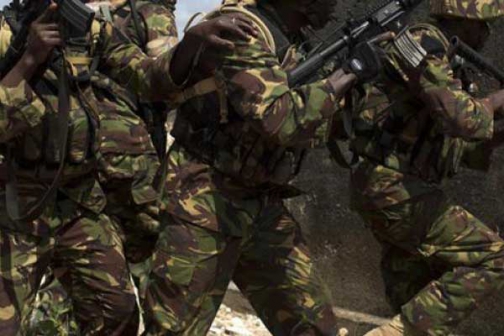×
The Standard e-Paper
Stay Informed, Even Offline

Kenyans were still waiting for Chief of Kenya Defence Forces Gen Samson Mwathethe to give comprehensive answers on last year’s El Adde attack when Friday’s attack in Kulbiyow happened.
After the El-Adde attack on January 15 last year, Gen Mwathethe promised to address Kenyans’ questions and pleaded for patience “given the magnitude of the attack.”